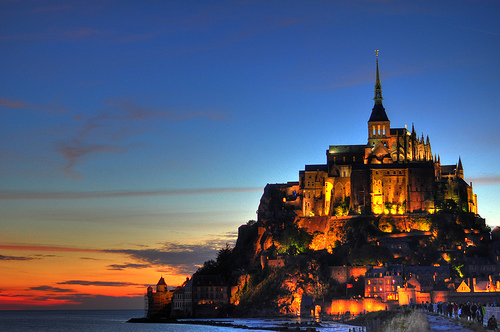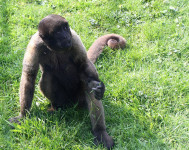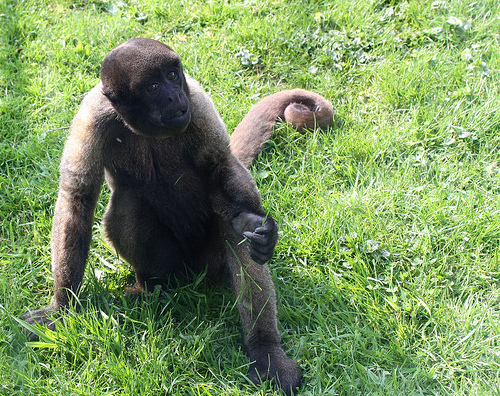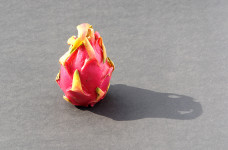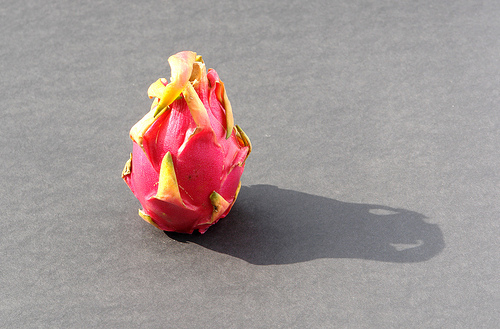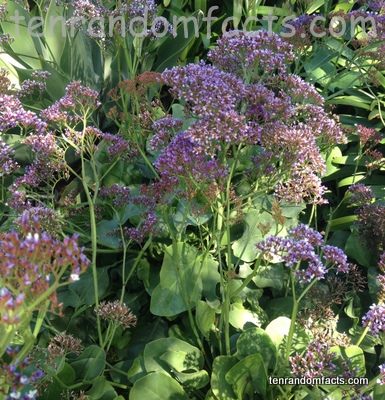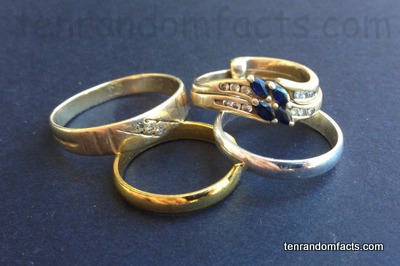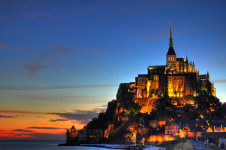
Mont Saint-Michel would have been a terror of a fortress.
- Mont Saint-Michel is an islet that contains a monastery, a village, and a fortification, situated roughly 600 metres (0.4 miles) away from the coast of France’s Normandy, in Europe.
- Mont Saint-Michel sits at the mouth of the Couesnon River, and was designated as a UNESCO World Heritage Site in 1979, as well as the surrounding area, and due to its unique location and historical significance, it is visited by around 2.5 million people each year, making it the most popular tourist site in France outside of Paris.
- ‘Mont Saint-Michel’ is also known as ‘Mont St-Michel’, and ‘Le Mont St-Michel’ in French, and is translated into English as ‘Saint Michael’s Mount’; and the island is now mainly a tourist attraction and includes accommodation, restaurants, shops, and other facilities for visitors, though it still houses a community of nuns and monks.
- Originally, Mont Saint-Michel was the site of a Gallo-Roman settlement from 500s to 600s AD, and was called ‘Mont Tombe’ at the time, and in the 1840s and 1850s it was home to more than 1,000 people, while in 2015, its population was 50.
- Legend says that the first church of Mont Saint-Michel was built under the orders of the bishop Saint Aubert, early in the 8th century, but only after ignoring the instructions of Archangel Michael on a number of occasions, who is said to have commissioned the building, and subsequently had a hole burnt into his skull.
Mont Saint-Michel
Image courtesy of Mike Norton/Flickr
- Before modern times, Mont Saint-Michel was of strategic importance as it was only accessible at the quick-changing low tide, which meant that most attacking garrisons would drown or be forced to retreat.
- In later centuries, due to a number of reasons including the building up of a causeway, silt began to mound around Mont Saint-Michel; however in 2006 a project was initiated by the government to restore the site using a hydraulic dam, and ridding the area of unnatural impediments, to enable the tides to flush out the silt naturally.
- A bridge was completed in 2014, which connects the mainland to Mont Saint-Michel, and during a supertide in March 2015, the bridge became fully submerged.
- To reach the top of the abbey of Mont Saint-Michel, which was built and expanded upon from the 11th to the 16th centuries, one is required to ascend approximately 900 steps.
- The island of Mont Saint-Michel covers an area of approximately 5 hectares (12.6 acres), with a natural height of around 80 metres (262 feet).
Bibliography:
History, 2010, Mont Saint Michel, http://www.ot-montsaintmichel.com/en/histoire.htm
Mont Saint-Michel, 2016, Wikipedia, https://en.wikipedia.org/wiki/Mont_Saint-Michel
Mont St-Michel, Pontorson, 2016, Sacred Destinations, http://www.sacred-destinations.com/france/mont-st-michel





